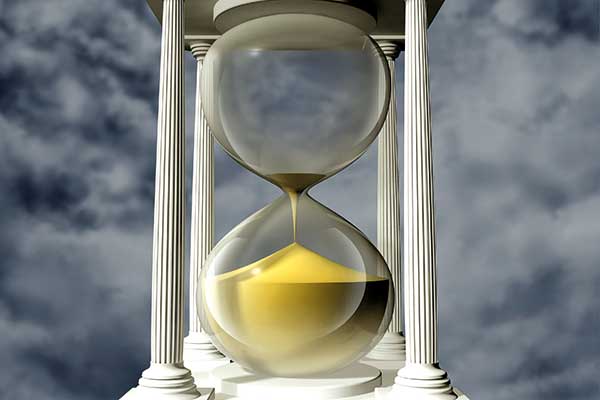Don’t leave it too late to take pension income
14th February 2022 11:07
by Rebecca O'Connor from interactive investor
interactive investor sounds a warning for those taking pension income close to the end of the tax year.

Interactive investor, the Self-Invested Personal Pension (SIPP) platform, is warning those pension holders taking taxable income from their pension to leave plenty of time for their final payment of the tax year to enter their bank accounts, or they could face an unnecessary extra tax bill next year.
More than 200,000 pension holders are expected to move money into drawdown for the first time this year. FCA figures show that 106,619 entered income drawdown or took an Uncrystallised Fund Pension Lump Sum (UFPLS) for the first time between October 2020 and March 2021 (see notes to editors).
Leaving the last drawdown payment of the tax year too late can result in the payment not entering someone’s account until after April 5, potentially leaving them with a higher tax bill to pay next year.
For example, someone drawing down their final payment before April 5 who receives a total income of £12,000 wouldn’t pay any tax on this income if it all came out in one tax year, as it is within the personal income tax allowance. However, if their final payment was delayed and came out of their bank account the following week, they would lose some of their tax-free allowance this tax year and end up paying more tax in 2022/23.
While all drawdown customers could have this problem, those drawing from their pension pot for the first time are most likely to be caught unawares and leave it too late.
Becky O’Connor, Head of Pensions and Savings, interactive investor, said: “A few days delay in initiating the final drawdown payment of the tax year can make a big difference. The danger is that someone could lose out on some of their personal tax allowance and then face a higher tax bill the following year. Or, if they are approaching the higher rate tax threshold, they could miss out on withdrawals being taxed at the basic rate this year and end up paying higher rate tax next year.
“To avoid this and to keep pension payments and any income tax owed as aligned as possible, it’s best to try and time the final withdrawal payment of the tax year with plenty of time to spare before April 5th. That way, you can avoid the risk of losing out on tax allowances and lower tax rates now, then facing a higher bill next year.
“When managing pension withdrawals for tax purposes, timing can be everything. Don’t leave it too late.”
Notes to editors:
These articles are provided for information purposes only. Occasionally, an opinion about whether to buy or sell a specific investment may be provided by third parties. The content is not intended to be a personal recommendation to buy or sell any financial instrument or product, or to adopt any investment strategy as it is not provided based on an assessment of your investing knowledge and experience, your financial situation or your investment objectives. The value of your investments, and the income derived from them, may go down as well as up. You may not get back all the money that you invest. The investments referred to in this article may not be suitable for all investors, and if in doubt, an investor should seek advice from a qualified investment adviser.
Full performance can be found on the company or index summary page on the interactive investor website. Simply click on the company's or index name highlighted in the article.